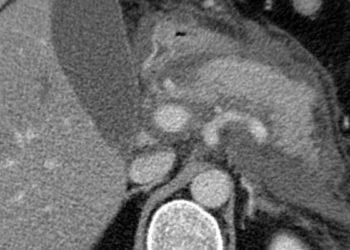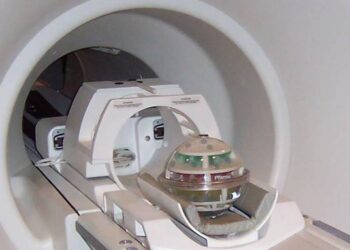Moderate alcohol intake in type 2 diabetics linked to decreased cardiometabolic risk
1. From a randomized controlled trial, red wine usage among adults with type 2 diabetes increased high-density lipoprotein cholesterol and apolipoprotein while decreasing total cholesterol-HDL-C ratio.
2. Slow ethanol metabolizers experienced better glycemic control from red and white wine.
Evidence Rating Level: 1 (Excellent)
Study Rundown: Moderate alcohol intake has been linked to improved cardiovascular health, but the role of alcohol consumption in patients with type 2 diabetes has been less clear. The authors of the current study sought to assess the effects of initiating wine consumption on cardiometabolic factors in type 2 diabetics. Patients were randomized to daily consumption of red or white wine compared with mineral water as a control. After 2 years, the HDL-C and apolipoprotein levels were increased in the red wine group. White wine consumption was associated with significant decreases in glucose status. Improvements in glycemic control were higher in carriers of the allele associated with “slow” metabolizers. The red wine group demonstrated a decrease in the component variables of metabolic syndrome. Limitations to the study included lack of blinding and use of self-reported questionnaires. Strengths included length of outpatient follow up, high retention through follow up, and enrollment of alcohol “naïve” patients. Overall, moderate wine consumption may be associated with decreased cardiometabolic risk.
Click to read the study, published today in The Annals of Internal Medicine
Relevant Reading: The mechanism by which moderate alcohol consumption influences coronary heart disease
In-Depth [randomized controlled trial]: The study consisted of 224 type 2 diabetics randomized to consume 150 mL daily of red wine (73), white wine (68), or mineral water (83). All participants were also instructed on the use of Mediterranean diet during the study duration. Primary outcomes were lipid profiles (HDL-C, apolipoprotein(a)1, and total cholesterol-HDL-C ratio) and glycemic control (fasting glucose and the homeostasis model assessment of insulin resistance [HOMA-IR]). Genotyping was done for ADH1B*1 and ADH1B*2. Follow-up was 94% and 87% at 12 and 24 months. Adherence was self reported as 87%, 84%, and 84% at 2 years for water, white and red wine groups respectively. After 2 years, HDL-C levels increased in the red wine group by 0.05 mmol/L (95% CI, 0.04-0.06mmol/L, p<0.001) compared with water. Apoliprotein in the red wine group increased by 0.03 g/L (0-0.06g/L, p=0.05). The total cholesterol-HDL-C ratio decreased in the red wine group by 0.27 (-0.52 to -0.01; p=0.039). Only white wine showed significant decrease in fasting glucose by 1.0 mmol/L (-1.6 to -0.3 mmol/L, p=0.004) and HOMA-IR score by 1.2 (-2.1 to -0.2, p=0.019). All groups had similar improvement in waist circumference and no difference was noted in blood pressures. Improvements in glycemic control were noted most in carriers of the ADH1B*1 allele. No changes were noted to liver chemistry in either group.
Image: PD
©2015 2 Minute Medicine, Inc. All rights reserved. No works may be reproduced without expressed written consent from 2 Minute Medicine, Inc. Inquire about licensing here. No article should be construed as medical advice and is not intended as such by the authors or by 2 Minute Medicine, Inc.









